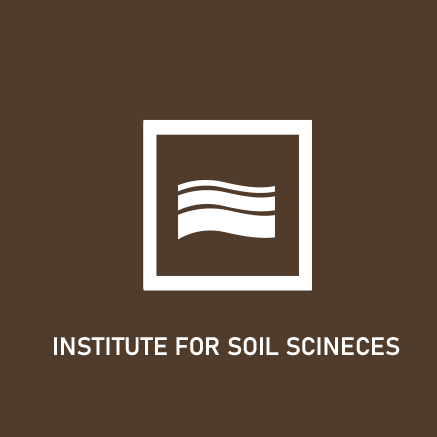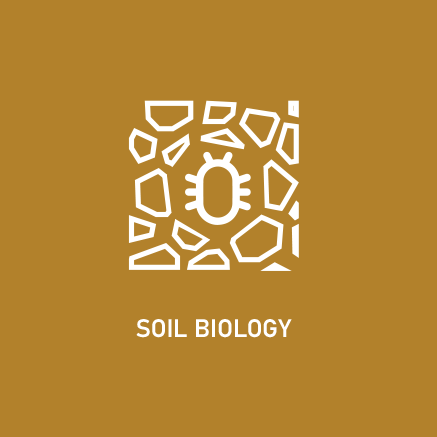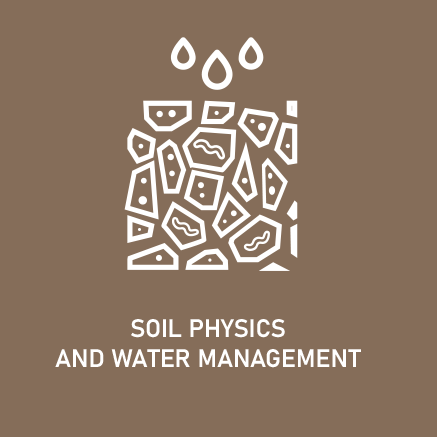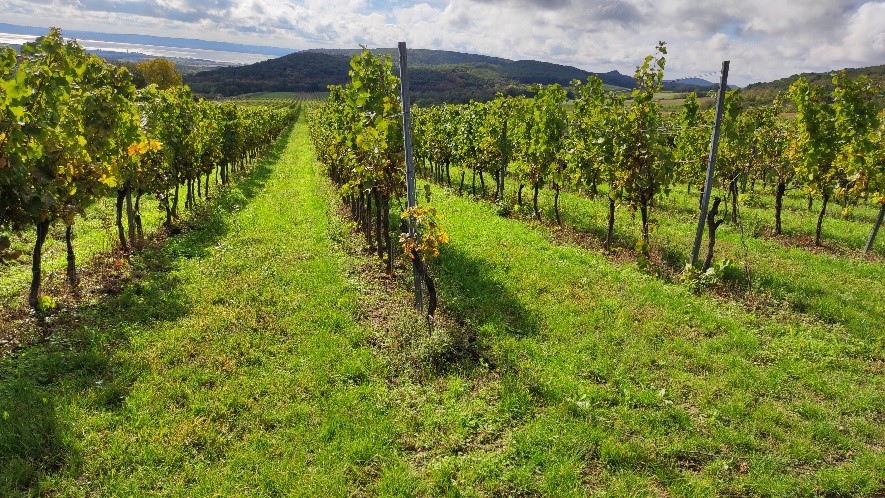The research team studied the microbiological changes in soil cultivation and different land use types during different phenological phases, such as the summer (flowering) around July and the autumn (harvest) periods, which are microbiologically prominent times.
The studies were carried out on a small catchment in the Balaton Uplands, where soil samples from different inter-row cultivation (tilled and permanent grass cover) of a vineyard, and different land use types (forest, grassland, vineyard, and cropland) were investigated. The samples were taken at different locations along slope gradients.
The studies highlight that anthropogenic influences strongly affect the structure of soil bacterial communities. The results showed that both soil physicochemical properties and the taxonomic diversity of bacterial communities resulted in a primary separation between less cultivated (forest and grassland) and highly cultivated (vineyard and cropland) soils. The highest bacterial taxonomic diversity was observed in the undisturbed forest soils with the highest organic carbon content. In terms of bacterial community structure, the effect of slope and soil transect was the strongest in the forest soils, while the effect of seasonality was most pronounced in the cropland soils.











